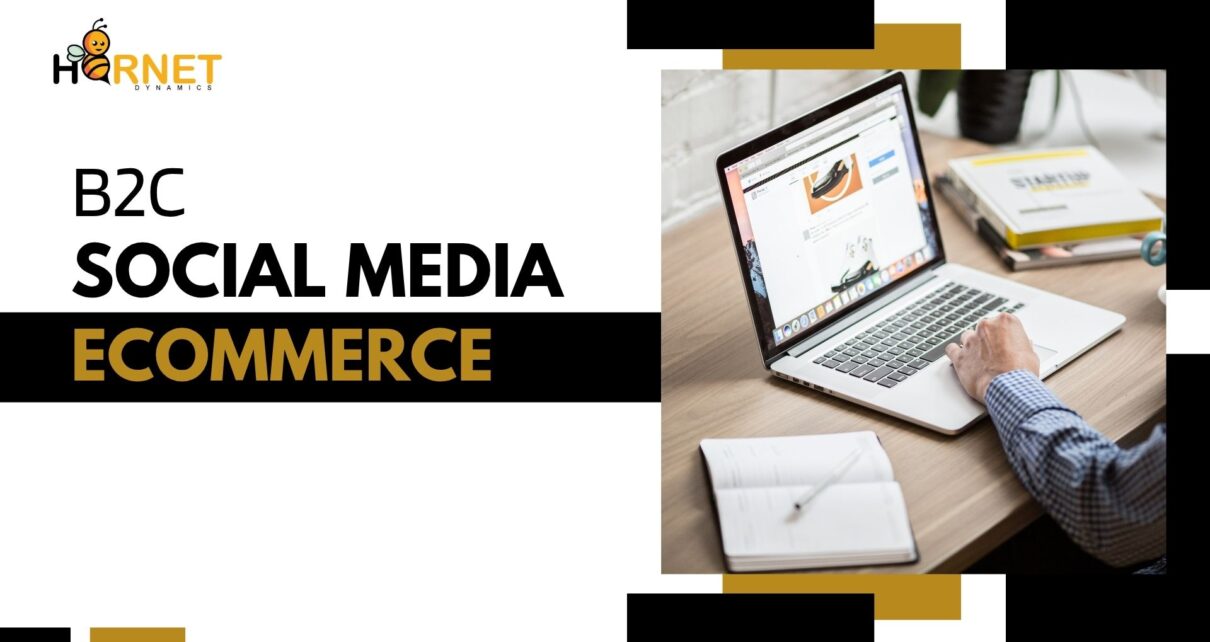People’s way of shopping is changing very fast. And one of the biggest reasons is ecommerce service. And this means selling products directly on social media platforms like Facebook, Instagram, and WhatsApp. Today, many B2C ecommerce brands are using social ecommerce to increase their customers and increase sales.
What is Social Commerce?
Social ecommerce is used when a product is purchased directly from a social media app. For example, if you see a pair of shoes on Instagram, click on it and buy it without closing the app. It makes shopping much easier and faster. And it’s a great way for brands to connect with customers who are already spending some time online.
Why Is It So Popular?
Some of the reasons for the rise of social commerce in B2C ecommerce are:
People nowadays see their favourite things on social media and trust them to buy. If their friend shares a product with them or an influential person praises it, then the chances of purchasing that product increase.
It is convenient: you don’t have to switch apps or visit another website.
It feels natural: you see the product in your real life, not just in ads.
How B2C Brands Are Using It
Instagram Shop: Many online brands run Instagram Shop, where they put their product on posts and stories. And they reach the customer immediately, which increases the possibility of buying it.
Live Shopping: Some brands do live shows where they show their new product live to the people and tell them about it, which attracts them more. If anyone has any questions, then they also answer them in real-time, and people can buy by watching the video, which increases their enthusiasm.
Influencer Marketing: B2C brands partner their product with such influencers who have a lot of followers, and they promote the product through their stories, reels and posts. And their followers trust their opinion, which increases sales.
User-generated content: Brands ask real customers to share videos or photos of them using their product to show the real value of their store. This content seems more honest and trustworthy than paid advertisements.
Chat-based selling: Platforms like WhatsApp and Facebook Messenger are used to provide customer support and complete purchases. Many people prefer chatting rather than filling out long forms on a website.
Real-Life Example
Just look at the brand Myntra. It promotes its products on Instagram and Facebook by making impressive videos and reels. And customers can buy immediately by swiping, which makes it easier for them. Another great example of this is Mamaearth, which runs ads on Facebook and builds trust. And these strategies have helped them increase sales in B2C e-commerce.
Final Thoughts
Social ecommerce is much more than just a trend. B2C is one of the biggest segments of the ecommerce world. Customers want convenience and quick shopping, and social media provides that.
Social media is a great way to grow your B2C brand and increase trust. As social media grows, the link between scrolling and shopping will continue to grow.
So, if you want to give your B2C customers a positive direction, start moving to social media today.



